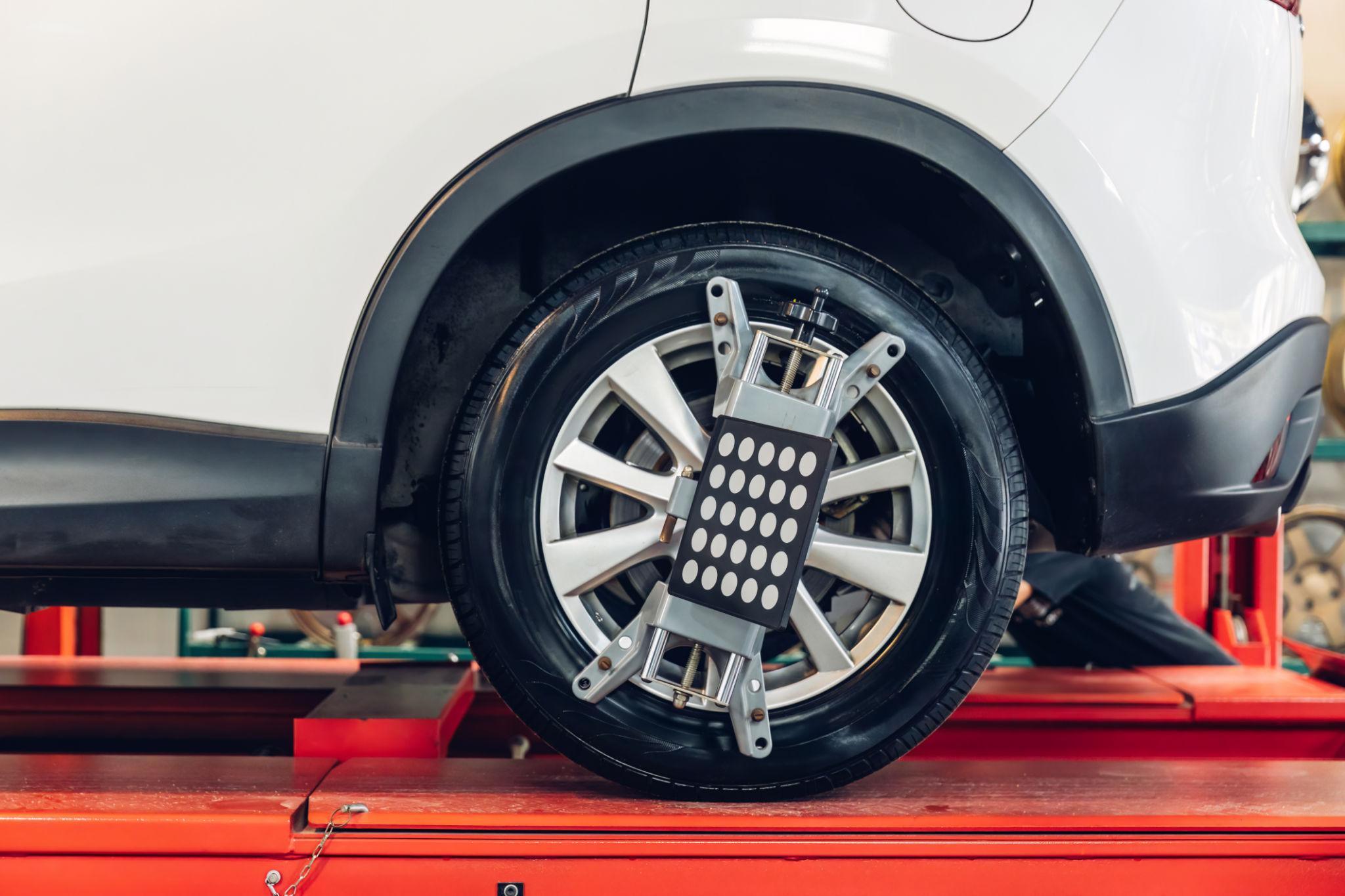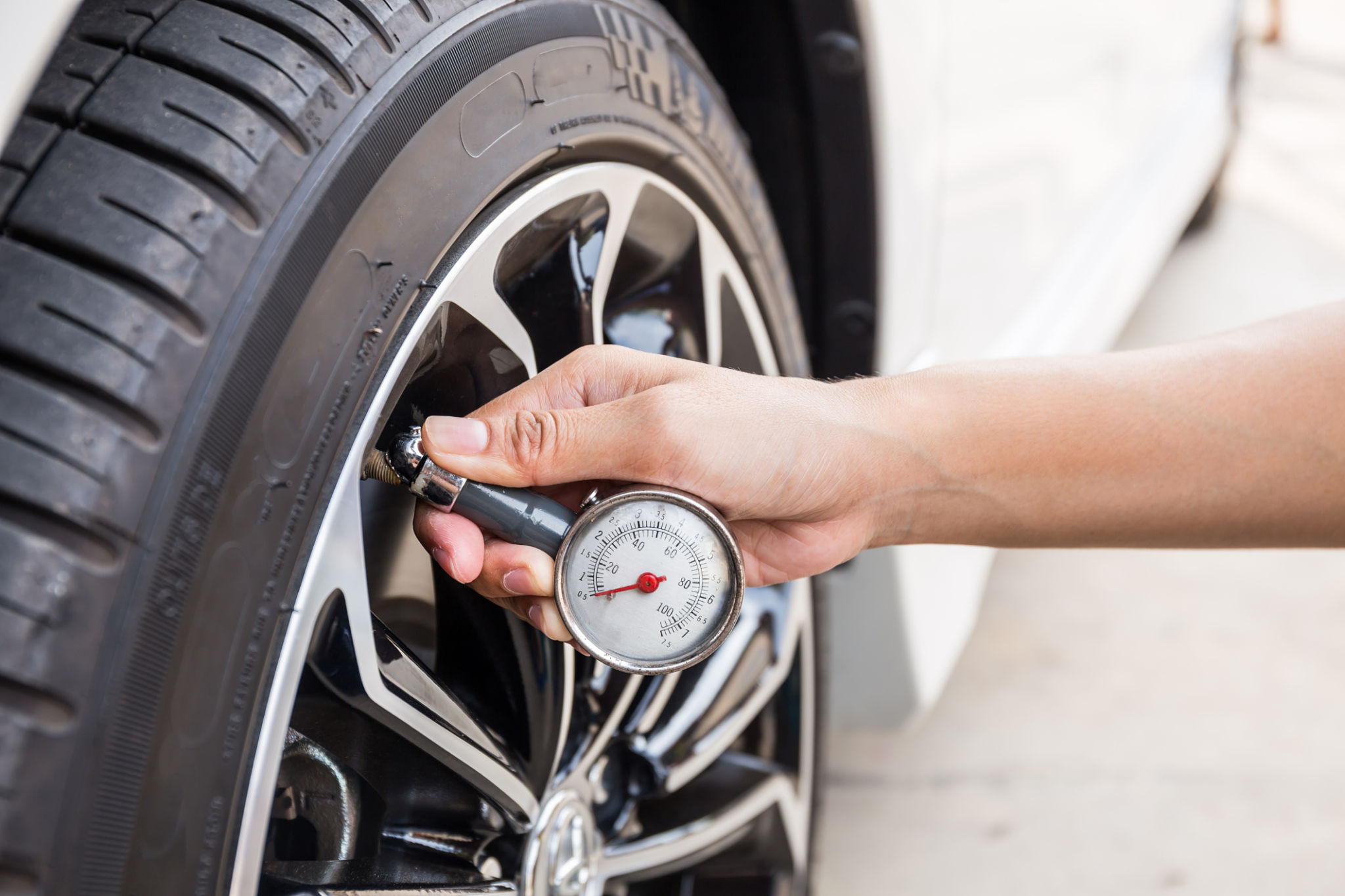DIY Wheel Alignment Checks: What You Can Do at Home
Understanding Wheel Alignment
Wheel alignment is crucial for ensuring your vehicle handles well and tires wear evenly. Proper alignment means that your vehicle's suspension is adjusted so that the wheels are positioned correctly relative to each other and the road. Misalignment can lead to uneven tire wear, poor handling, and even decreased fuel efficiency.
Performing a DIY wheel alignment check at home can be a practical way to ensure your car is in good condition between professional services. While it doesn't replace a professional alignment, it can give you an indication of potential issues.

Tools You Might Need
Before you start, gather the necessary tools. While a few household items can be helpful, investing in some basic automotive tools will make the process smoother and more accurate. Here’s what you might need:
- Jack and jack stands
- Tape measure
- String or fishing line
- Adjustable wrench
- Protractor or angle finder
The DIY Wheel Alignment Process
Step 1: Preliminary Checks
Start with some preliminary checks. Ensure your tires are inflated to the correct pressure and inspect them for uneven wear patterns. Any significant differences in wear can indicate an alignment issue.
Next, make sure your car is on a flat, even surface. This provides a stable base for accurate measurements. Engage the parking brake for safety before you begin any adjustments.

Step 2: Adjusting Toe Alignment
The toe alignment refers to how much your wheels turn inward or outward when viewed from above. To check this, use string or fishing line. Run the string along the side of the car so it’s touching both the front and rear tires. Measure the distance from the string to the front and back of each tire.
If there is a difference, adjust the tie rods using an adjustable wrench until the measurements are equal on both sides. This ensures that the wheels are parallel to each other and to the car's centerline.
Step 3: Checking Camber and Caster Angles
Camber is the angle of the wheels in relation to a vertical line when viewed from the front of the vehicle. If your wheels tilt inward or outward, it may indicate a misalignment. A protractor or angle finder can help measure this angle. Ideally, it should be zero or very close.

Caster is the angle of your steering pivot when viewed from the side of your vehicle. It affects steering stability and balance. Although adjusting caster usually requires professional equipment, checking for any obvious issues using visual inspection may indicate if professional help is needed.
Final Thoughts
Regularly checking your wheel alignment at home can save you money and extend the life of your tires. However, if you notice significant alignment issues or if your adjustments don't seem to fix handling problems, it’s best to consult a professional mechanic.
Remember, while DIY checks are beneficial, they should complement, not replace, professional maintenance. Keeping your vehicle in top condition ensures safety and optimal performance on the road.